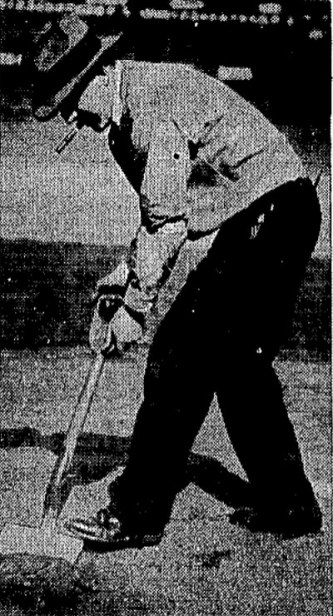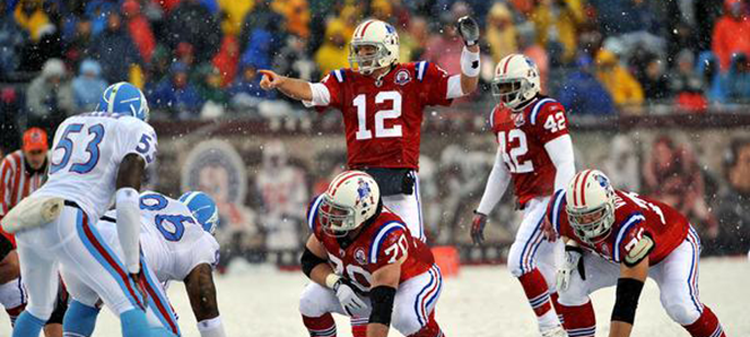
The Sporting News photo of Jack Fogarty caring for the Forbes Field infield in 1938.
If you scroll through enough baseball newspapers articles from the early 1900s, you’ll inevitably stumble upon an anecdote or two claiming a rogue infield pebble got in the way of a bouncing routine ground ball, causing the ball to take an unexpected hop past a fielder and cost the fielding team a run or two, or maybe even a game.
Heck, Game 7 of the 1924 World Series turned in favor of the Washington Senators when Bucky Harris hit a grounder toward third in the bottom of the eighth that ricocheted off a small rock and squirted past New York Giants’ third baseman Freddie Lindstrom, allowing two Senators to score and tie the game at 3-3. Washington eventually won the series in extra innings.
I’m not sure if Lindstrom took issue with the Griffith Stadium grounds crew, but in a series of profile stories about the profession, Pirates head groundskeeper Jack Fogarty told The Sporting News in 1938 that players, even Hall of Famers, would occasionally blame their miscues on infield pebbles left behind by him and other grounds crew members.
“…Once in a while a player tries to use me for an alibi,” Fogarty said.
“Old Honus Wagner did that once in his active playing days. He used to carry around a bunch of pebbles in his uniform pocket, and if he booted or fumbled, he’d come in and toss one of those pebbles at me, as if to let everybody know I left a stone out there big enough to deflect the course of a roller.
“Other players have tried that trick, too, but it doesn’t get them anywhere. If there’s ever been a pebble half as big as a marble on the skinned part of that infield, I’ve never found it.”
Fogarty became Pittsburgh’s head groundskeeper in 1919 and was known to sometimes douse the Forbes Field infield with gasoline and set it ablaze in an attempt to dry the playing surface after a lengthy rain. Days after his death in 1995, the Pittsburgh Press described Fogarty as a man “who devoted his lifetime to the tender care of the grass at Forbes Field and a man who took great pride in his work.”
If a player complained about the smoothness of the infield, “the next morning Fogarty went to work to smooth out the rough spot that caused the player to make his complaint and he wasn’t satisfied until the player approved,” the Press reported.
“Fogarty winced when he read that a ball took a bad hop over a player’s shoulder because he felt like this was a reflection on his ability, although it never was written with that in mind. But John Fogarty was a deeply sensitive and was highly regarded in his field.”



